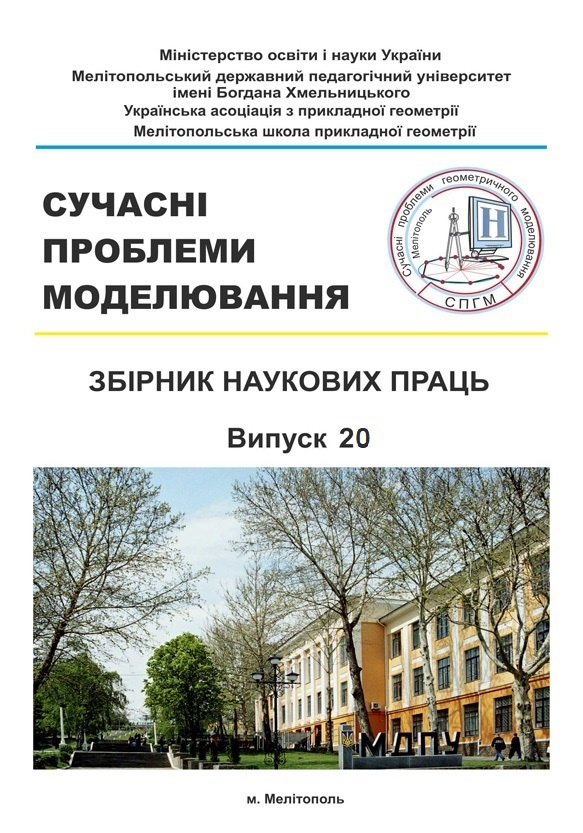GEOMETRIC MODELING OF THE ENERGY FIELD FROM EXPERIMENTAL DATA TAKING INTO ACCOUNT INFINITELY REMOTE POINTS
Abstract
Аt the stage of architectural design of buildings and structures, one of the important aspects is energy conservation. For example, the ability to calculate the optimal position of energy sources with their optimal power to achieve the necessary energy potential at given points in this field. The solution of such problems in advance enables the designer to optimally plan the costs of the energy components of the project. The potential of an arbitrary point of a physical field formed in three-dimensional space is affected by the distance of this point from the energy source. This effect decreases with increasing distance from the field point to the energy source and increases with decreasing the specified distance. Formally, this influence is described by some parameter t [1].
Also, a special influence on the propagation of a physical field in three-dimensional space, and therefore on the potentials of its points, has the form of radiated energy and the medium in which this field arises. It should be noted that the sources of energy that create the physical field can be point, extended (linear) [2], as well as in the form of surfaces (planes). To take these parameters into account, this article proposes the experimentally obtained potential values of individual points of a physical field formed in three-dimensional space by a single point source of energy, interpolating with a certain curve that will determine the potential of an arbitrary point at a given distance from the source, taking into account the infinitely distant points of this field.
If you add an additional dependence that takes into account the experimentally obtained data to the scheme that establishes a hyperbolic relationship between the distance from the energy source to the energy field point and the parameter of the influence of this distance on the field point potential, you can get a new scheme that allows not limiting distances from field points to the energy source. To solve the problem, the distance l from the point of the energy field to the point energy source will be plotted not along the axis Ox, as it was in [3], but along the axis Ol (Fig. 1), establishing an additional parabolic relationship between the points of the axes Ox and Ol, which allows to consider experimentally received parameters.
Key words: geometric modeling, physical field, energy potential, point source of energy, distance, function, point, experimental data, parabolic dependence.




